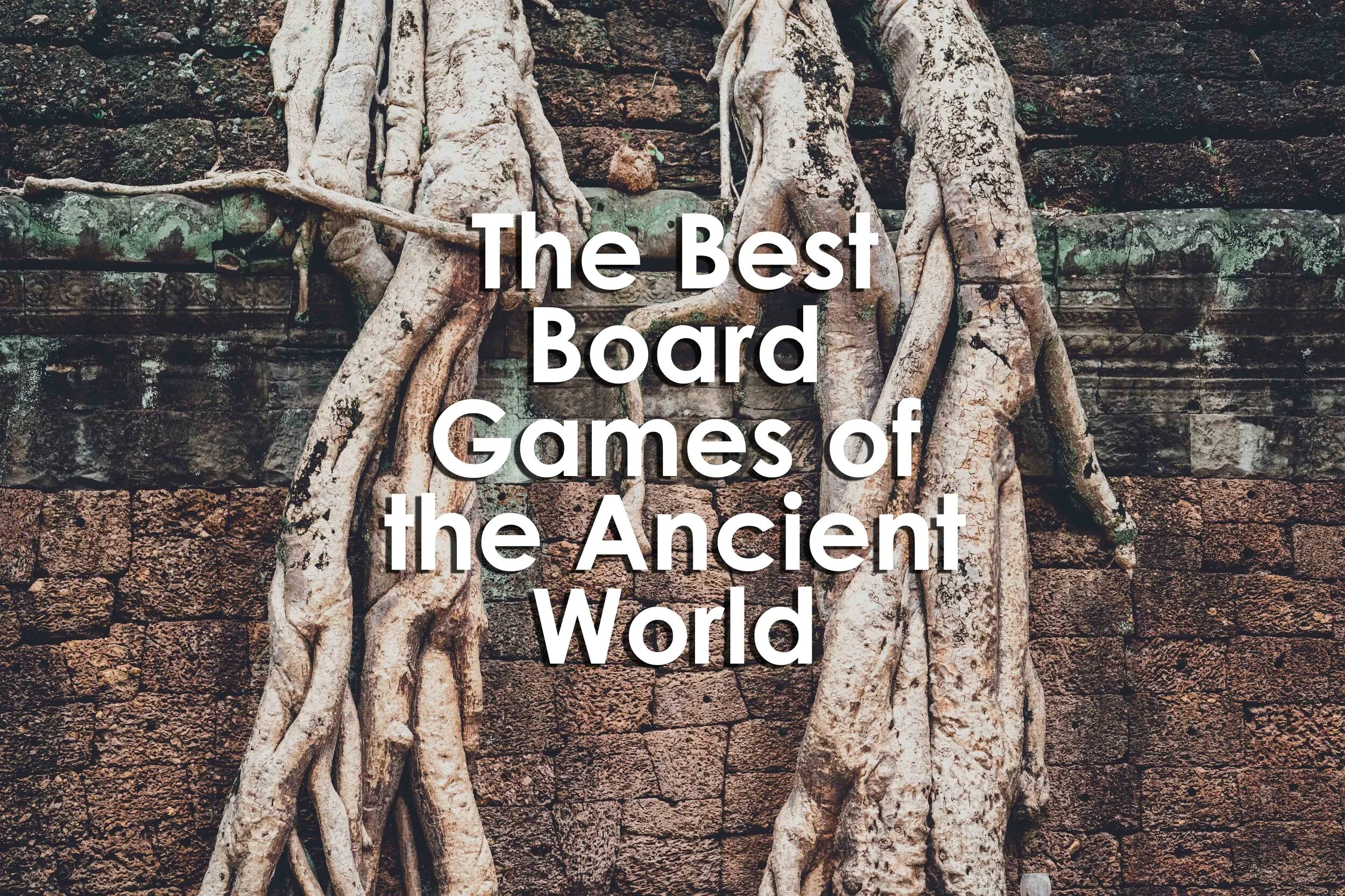The Best Board Games of the Ancient World
The Best Board Games of the Ancient World
Thousands of years before Monopoly, people were playing games like Senet, Patolli and Chaturanga
By Meilan Solly
February 6, 2020
Feb. 6, 2020, 7 a.m.
Summary
Farther south, the ancient Egyptian games of Senet and Mehen dominated.
From Go to backgammon, Nine Men's Morris and mancala, these were the cutthroat, quirky and surprisingly spiritual board games of the ancient world.
Beloved by such luminaries as the boy pharaoh Tutankhamun and Queen Nefertari, wife of Ramesses II, Senet is one of the earliest known board games.
The ancient Egyptians believed "Ritualistic" gaming sessions provided a glimpse into the afterlife, according to Tristan Donovan's It's All a Game: The History of Board Games From Monopoly to Settlers of Catan.
The Royal Game of Ur. Researchers often struggle to determine the rules of games played millennia ago.
The roughly 4,500-year-old game's modern rediscovery dates to Sir Leonard Woolley's excavation of the ancient Mesopotamian city of Ur's Royal Cemetery between 1922 and 1934.
In his encyclopedic Oxford History of Board Games, David Parlett describes Mehen, which derives its name from a serpentine deity, as the "Egyptian snake game." Played between roughly 3100 B.C. and 2300 B.C., the multiplayer matchup involved up to six participants tasked with guiding lion- and sphere-shaped pieces across a spiral racetrack reminiscent of a coiled snake.
In fall 2018, excavations at the Russian fortress of Vyborg Castle revealed a long-forgotten medieval game board etched into the surface of a clay brick.
Examples of Nine Men's Morris abound, unearthed in Greece, Norway, Ireland, France, Germany, England and other countries across the globe, according to Games of the World: How to Make Them, How to Play Them, How They Came to Be. The game was especially popular in medieval Europe and even earned a mention in Shakespeare's A Midsummer Night's Dream.
One of ancient Scandinavia's most popular pastimes was a family of strategy games known collectively as Tafl.
Norsemen played Tafl as early as 400 A.D., according to the Oxford History of Board Games.
The most popular Tafl variation, Hnefatafl, deviated from standard two-player games in its use of highly unequal sides.
Played on grids of varying sizes-the largest known example measures 17-by-18 squares-the so-called "Game of Mercenaries" was likely a variant of the ancient Greek game Petteia.
Various scholars have proposed potential reconstructions of the game over the past 130 years, according to Ancient Games.
Drilled beans used as dice dictated gameplay, but the exact rules of "Entry and movement" remain unknown, as Parlett notes in the Oxford History of Board Games.
Modern-day chess traces its origins to the ancient Indian game of Chaturanga, whose Sanskrit name refers to the "Four limbs" of the Gupta Empire's army: infantry, cavalry, chariots and war elephants.
A game of "Territorial occupation," according to the Oxford History of Board Games, Go is far more complex than it seems on the surface.
"Although simple in its rules," writes Donovan, "The size of the board coupled with the intricacies of capturing and recapturing territory and stones create a game of great complexity, closer in spirit to an entire military campaign filled with local battles rather than the single battle represented in chess."
China may be the birthplace of Go, but Japan deserves much of the credit for developing the game that Parlett describes as involving "a higher degree of sophistication than any of the world's great board games, with the possible exception of chess." Go reached China's eastern neighbor around 500 A.D. and was initially played by the seemingly discordant groups of aristocrats and Buddhist monks.
Though not technically an ancient creation, the Game of the Goose warrants inclusion on this list as the earliest commercially produced board game.
Reference
Solly, M. (2020, February 6). The Best Board Games of the Ancient World. Retrieved February 12, 2020, from https://www.smithsonianmag.com/science-nature/best-board-games-ancient-world-180974094/


